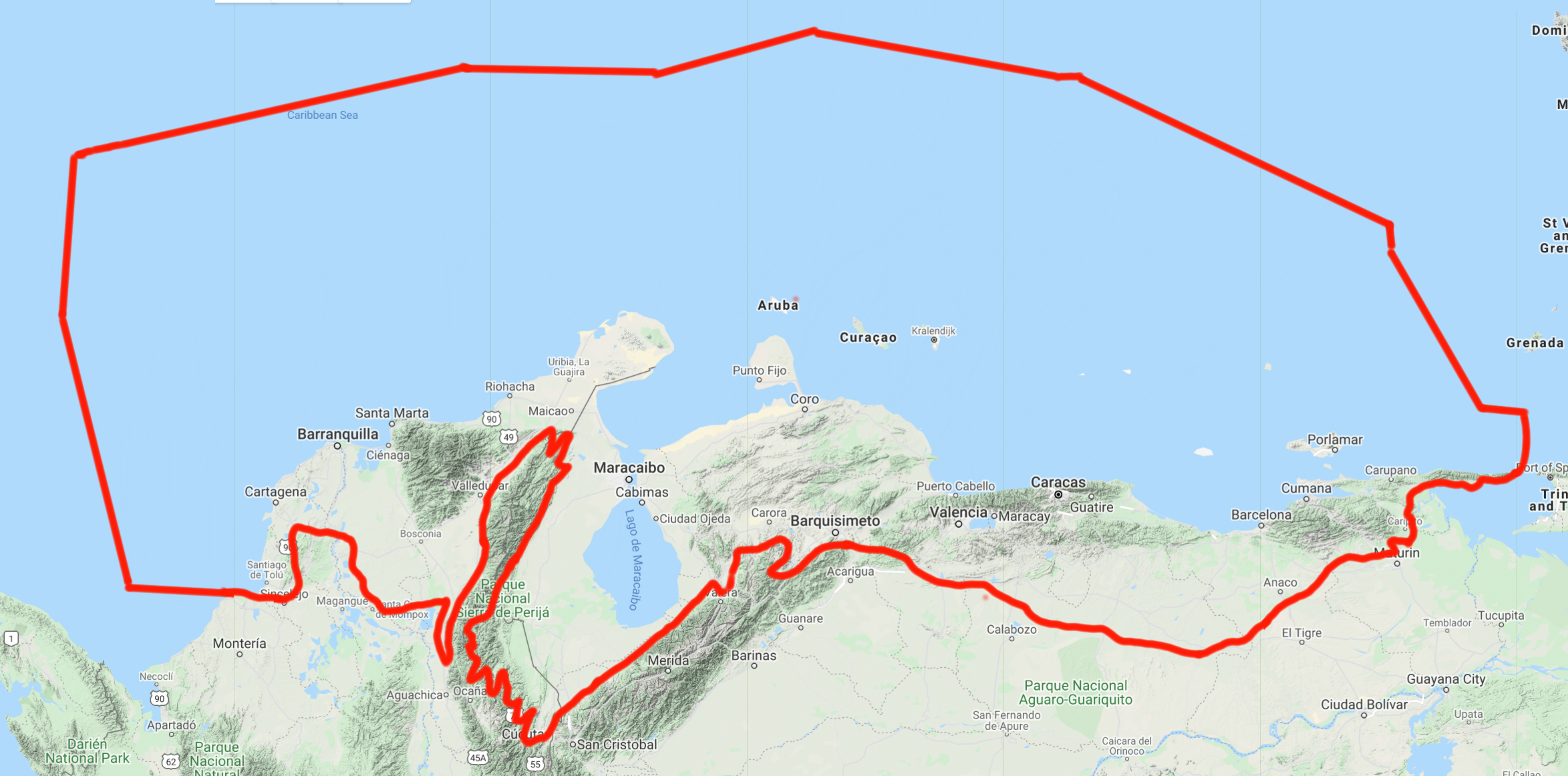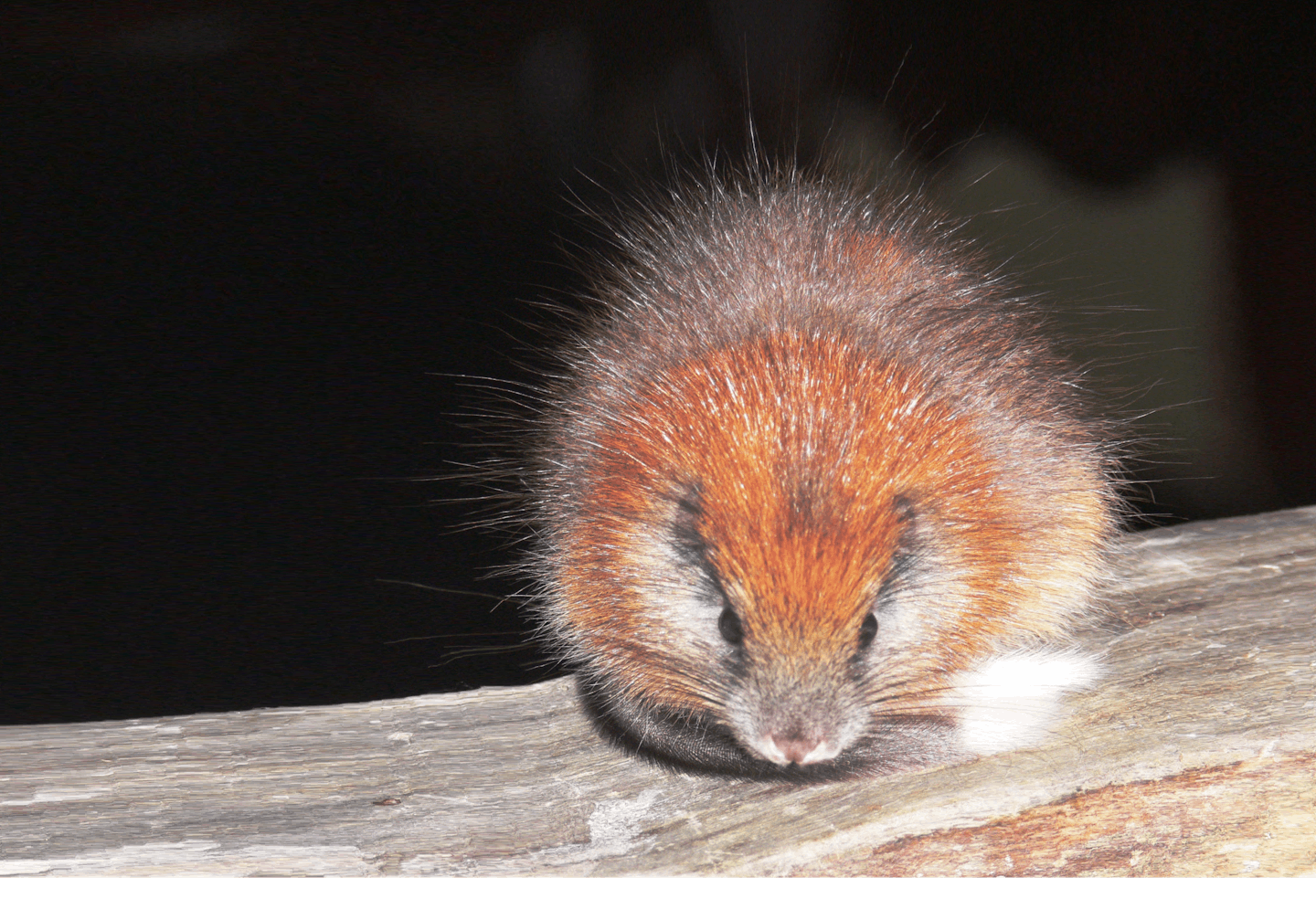Rediscovering the colorful, sneaky red-crested tree rat in Columbia
One Earth’s “Species of the Week” series highlights the flagship species of each of the 844 unique ecoregions contained within Earth’s bioregions.
In the dense coastal jungles of Northern Colombia is perhaps the world’s most elusive and charming rodent, the red-crested tree rat. One would think the species stands out with soft, fiery-colored fur, but it took almost a hundred years to rediscover them.

Red-crested tree rats are the flagship species of the Santa Marta Montane Forests ecoregion, located in the Venezuelan Coast bioregion (NT23).
Known also as the Santa Marta toro or red-crested soft-furred spiny-rat, the animal was first documented in 1898. Herbert Huntingdon Smith, an American naturalist, was researching flora and fauna of the Amazon and surrounding areas.
A second sighting wouldn’t occur until 1913, and despite several organized searches, no other specimens were found. For nearly a century, the red-crested tree rat was considered extinct. Then in May 2011, two volunteers from Fundación ProAves, a nonprofit environmental group in Colombia, photographed one individual.
The camera flash shows off the brilliant scarlet, orange, and brown hues of the red-crested tree rat’s woolly fur. They have small light brown ears and a fuzzy black and white tail. Their whiskers are exceptionally long and can reach up to 13 centimeters (5 in).
From their head to the tip of their tail, red-crested tree rats are between 51 to 122 centimeters (20 to 48 in) in length, with their tails measuring as long as 28 centimeters (11 in). They can weigh up to 500 grams (18 oz).
Endemic to the Sierra Nevada de Santa Marta region, the species has only been seen at altitudes of 700 to 2,000 meters (2,300 to 6,600 ft). Due to this location’s isolation and the red-crested tree rat’s proven ability to evade researchers, little is known about them.
They are recognized as being nocturnal and arboreal, living in the treetops of the remote mountains. As agile climbers, red-crested tree rats feed on plants, fruits, nuts, and seeds throughout the forest like other members of the family Echimyidae.
This diet helps their ecosystem flourish, with the tree rats acting as seed dispersers, sowing buds around the jungle through their droppings and particles that get stuck to their fur. They also are presumed to serve an integral role in the food chain for larger predators.
Following a reassessment after their sighting in 2011, red-crested tree rats were listed as critically endangered in conservation status. Much of the forest in the species' potential range has been cleared or degraded, and the region is infested with feral cats, who further threaten their population.
The best way to protect red-crested tree rats is to preserve and replant their habitat. The El Dorado ProAves Reserve contains many endangered species in the Santa Marta mountains. It hopes that with conservation efforts, it won’t take another century to see the fiery color of the red-created tree rat.
Interested in learning more about the bioregions of Southern America? Use One Earth's interactive Navigator to explore bioregions around the world.
Launch Bioregion Navigator


